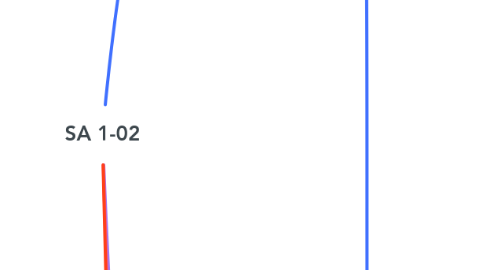
1. Aggregate demand
1.1. C+I+G+(X-M)
1.1.1. C - consumption
1.1.1.1. the total consumption off all consumer goods and services
1.1.1.1.1. what changes consumption
1.1.1.2. relates to about 60% of total AD per year
1.1.2. I- Investment
1.1.2.1. the total ammount of money that is put into the eccoomy to produce things
1.1.2.1.1. reasons for shift in Investment
1.1.2.2. net vs gross
1.1.2.2.1. Gross- before deprecation Net-After depreciation Net investment= gross investment + depreciation
1.1.3. G- government spending
1.1.3.1. accounts for ~25% of the AD
1.1.3.1.1. the trade cycle
1.1.3.1.2. fiscal policy
1.1.4. (X-M) - Net trade
1.1.4.1. this is the total amount of exports(X) - the total amount of import (M)
1.1.4.1.1. what causes changes to Net Trade
1.1.4.2. the UK normally has a negative (X-M) as it imports>exports
1.2. definition- the total demand for all planned good and services at a certain price level in a certain period of time
2. aggregate demand has a negative relationship with Real GDP- menaing the more your GDP grows the more likely you are to consume from other places and invest in other areas
3. supply
3.1. the law of supply as a positive relationship with one another meaning as general price levels rise so the the quantity supplied- this is due to the profit motive
3.1.1. movment along the line
3.1.1.1. this happens when the GPL either increases or decreases so as GPL ↑ supply ↑, this is an extension of demand and as GPL ↓ supply ↓ this is a contraction of demand
3.1.2. shifting the line
3.1.2.1. thee are due to external shifts- PINTS WC
3.1.2.1.1. P-population
3.1.2.1.2. I-ndirect Tax
3.1.2.1.3. N-o of firms
3.1.2.1.4. technology
3.1.2.1.5. Subsidies
3.1.2.1.6. Weather
3.1.2.1.7. costs to production
